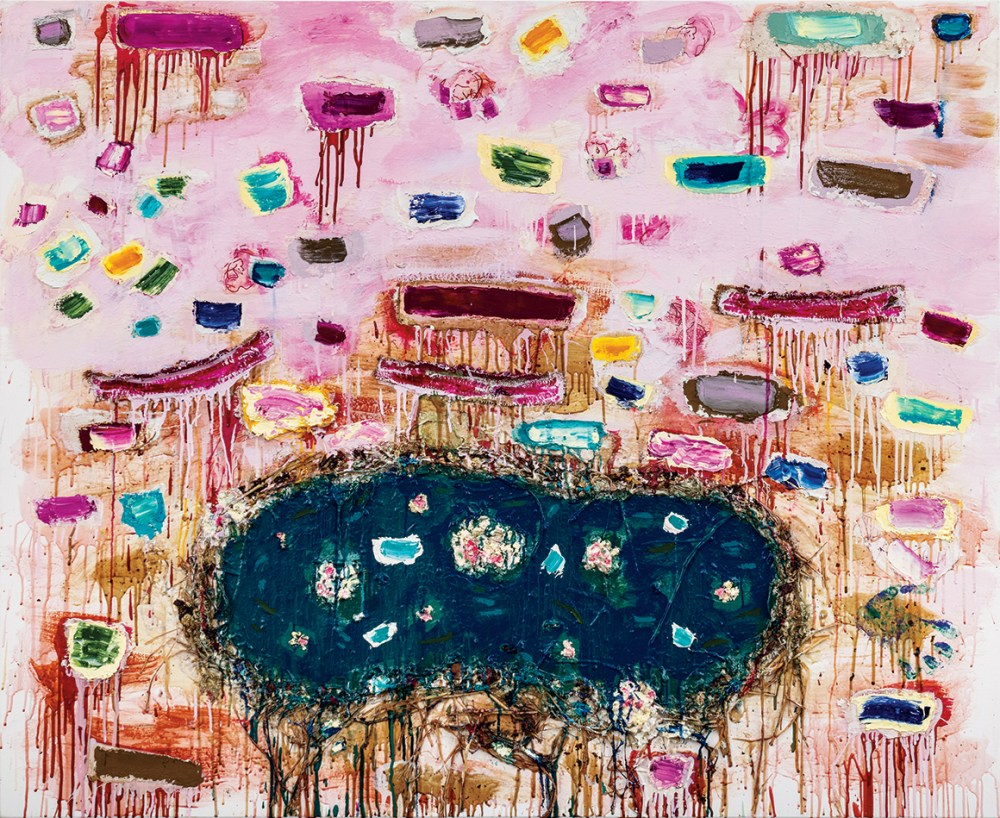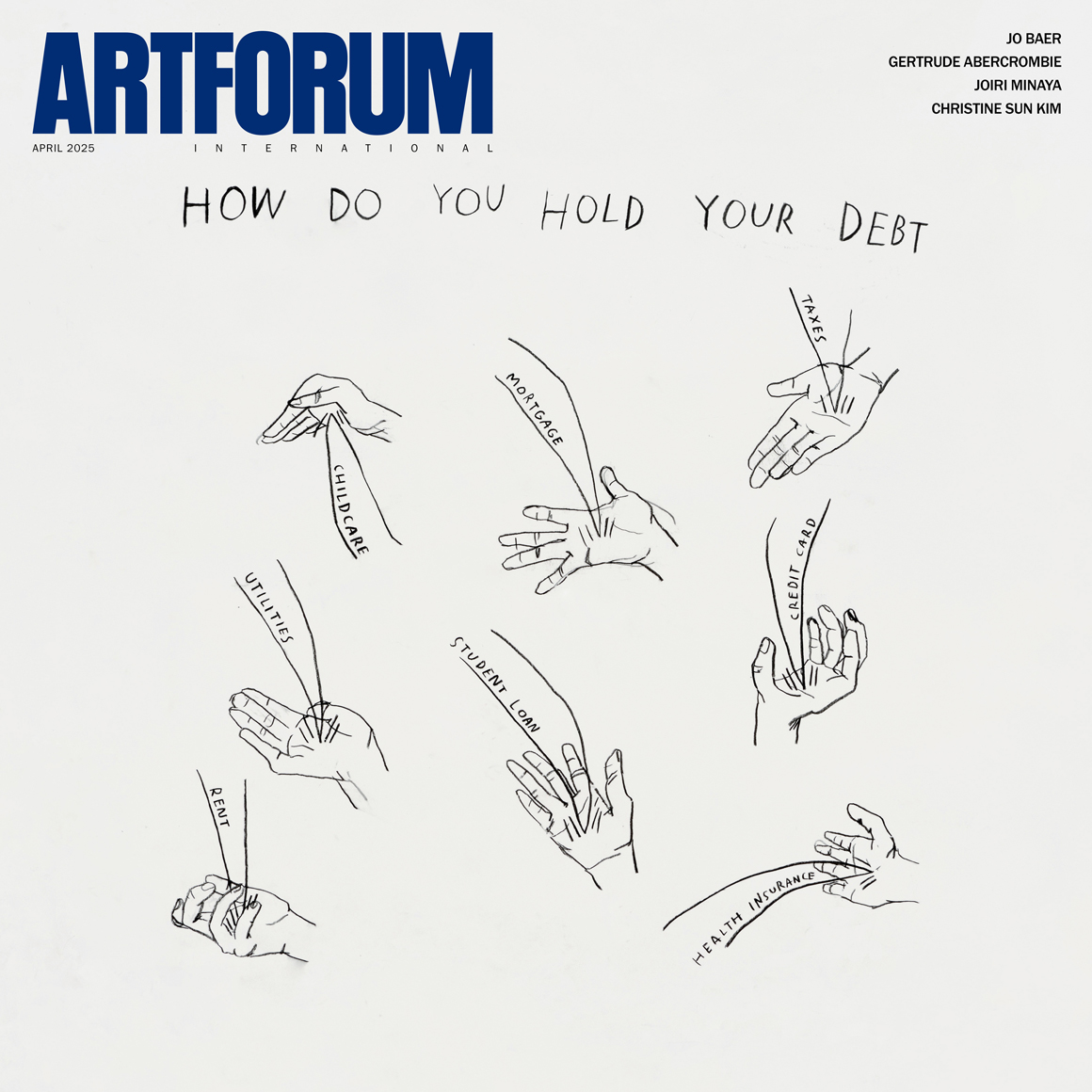By providing your information, you agree to our Terms of Use and our Privacy Policy. We use vendors that may also process your information to help provide our services.
Joan Snyder

Billed as Joan Snyder’s introduction to a non-US audience, “Body and Soul” comprised thirty-three paintings spanning sixty years and was accompanied by a hefty catalogue. The earliest work here, the small, atypically somber semiabstract Grandma Cohen’s Funeral Painting, 1964, anchored a selection of generally brightly hued paintings from the 1960s—variously evoking landscape, the human body, and the legacies of organic and geometric abstraction—in which we could see Snyder feel her way toward the body of work for which she is still most renowned. Her place in the canon was established by the “Stroke” paintings she made between 1969 and 1974—the least painting-friendly era in postwar American art. Five of them were duly given pride of place. The six-by-twelve-foot Whole Segments, 1970, dominated the back wall. The painting is a symphony of discrete strokes and patches of oil, acrylic, and pearlescent spray in black, red, brown, dirty pink, and blanched teal, playing out across an expanse of lightly primed canvas marked by the faint trace of a penciled grid. The picture’s anatomized elements, combined with its elongated horizontality, the latter a favored format, encouraged an up-close reading from left to right, as one might follow a musical score. There is more to this painter’s indebtedness to music than a Paterian aspiration to its ideal condition among the arts, including her habit of jotting notations into her ever-ready sketchbook during the course of concert recitals. “Music moves me through a painting,” she once wrote.
The smaller, more vibrantly colored “Stroke” paintings here similarly rehearsed an often dazzling conjugation of painterly gestures and their assorted traces: the residue, as she puts it, of “the wild wake of the brush” (though the palette knife, too, has rarely been far from hand). Each picture is a unique orchestration of individual marks, strokes, stripes, and patches, resulting in a kind of deliriously analytic tachism. These paintings effectively fuse the contrasting modes of contemporary painting posited by Kenneth Clark in his 1962 essay “The Blot and the Diagram.” A decade later, more was added to the mix. Art’s linguistic turn, for example, was reflected in the admixture of written text to pictures such as A Letter to My Female Friends, 1972, which also registers the advent of second-wave feminism. Here the flurry of disparate lines and strokes in various colors is uncharacteristically aligned in parallel orientation in a painting that, in hindsight, seems instinctively true to its moment in relating a dynamic of difference and repetition to an invocation of identity and community.
The exhibition culminated in the larger upstairs gallery with a display of eight substantial paintings from 2024. For once the boilerplate claim that an octogenarian artist is making their best work ever is not unreasonable. Snyder is certainly addressing the canvas with undiminished verve as well as with the accumulated resources of a lifetime of restless experimentation. Moving from New York City to the country in the mid-’70s fostered an immersion in the natural world that is especially evident in these latest works. The upper reaches of Painting at the Pond, 2024, are crowded by a disorderly array of painted marks in disparate colors, each with a penumbra of contrasting hue, against a lurid sky of Pepto-Bismol pink, while earthen tones suffuse the lower half of the image. This section is centered by a dark hourglass-shaped pond (a recurring motif) rimmed by encrustations of heterogeneous materials: papier-mâché, rosebuds, rose petals, straw, and paper. The addition of collaged elements, often redolent of soil and stem and long a feature of her work, is consistent with an aesthetic fueled by a professed desire to “put everything in.” In less skillful hands the results might have been turgid. Snyder’s compositional mode, however, remains more essentially collocative than additive, as evidenced by the division of many paintings into abutting quadrants of independent activity. Nothing is ever really buried, occluded, or overwritten. Everything the artist has put in is available to a viewer willing to engage, particularly at close quarters.






